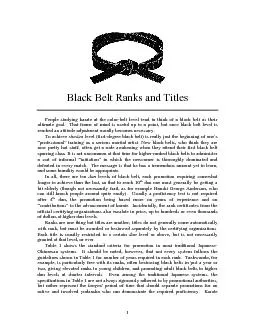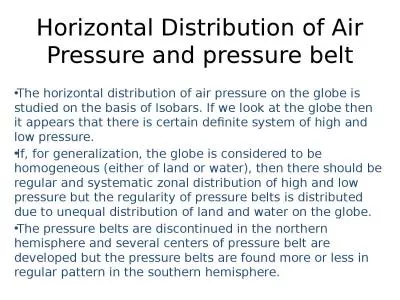PDF-Black Belt Ranks and Titles
Author : melody | Published Date : 2020-11-23
vel tend to think of a black belt as their ultimate goal That frame of mind is useful up to a point but once black belt level is reached an attitude adjustment usually
Presentation Embed Code
Download Presentation
Download Presentation The PPT/PDF document "Black Belt Ranks and Titles" is the property of its rightful owner. Permission is granted to download and print the materials on this website for personal, non-commercial use only, and to display it on your personal computer provided you do not modify the materials and that you retain all copyright notices contained in the materials. By downloading content from our website, you accept the terms of this agreement.
Black Belt Ranks and Titles: Transcript
Download Rules Of Document
"Black Belt Ranks and Titles"The content belongs to its owner. You may download and print it for personal use, without modification, and keep all copyright notices. By downloading, you agree to these terms.
Related Documents














